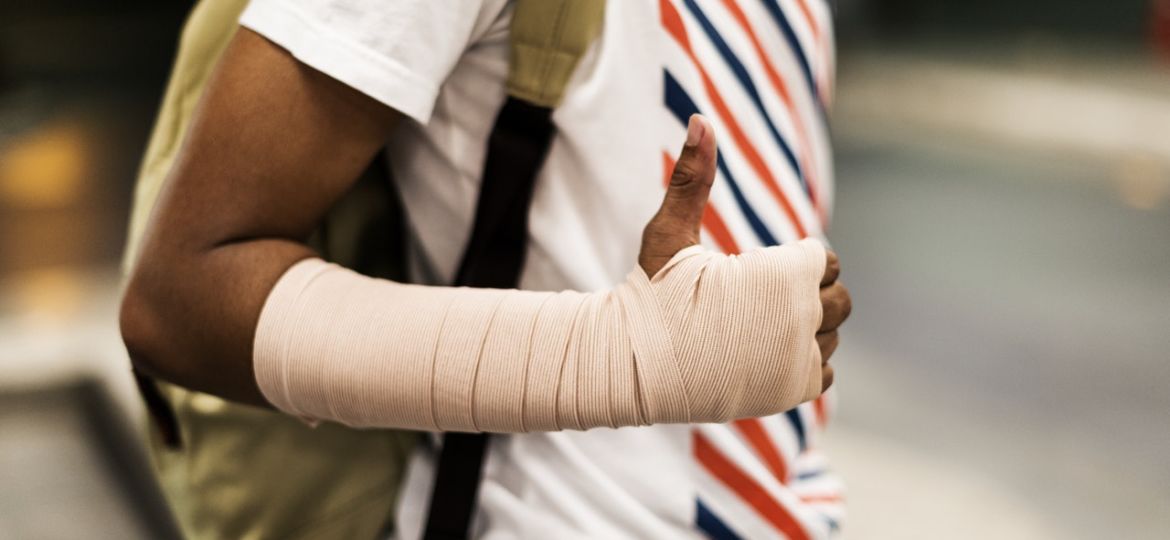
How Does A Bone Fracture Repair Itself?
Breaking a bone is, typically, the worst thing most of us can imagine. Whether in our own lives or for those of the people we love, there’s something about a broken arm, leg, or that seems uniquely terrible.
Which is interesting, when you consider that approximately 6.8 million Americans break at least one bone every year. And, what’s more, that every person in the country will experience two broken bones in their lifetime. They’re especially common among kids, but the truth is most of us will go through one or know someone who’s gone through one, at some point.
What’s even more interesting is the fact that most fractures heal perfectly well if they are just in position. Which, if you think about it, is pretty impressive, on a biological level.
In today’s article, we’ll be taking a closer look at how our bodies handle healing their own fractures. Let’s take a closer look.
When Does Fracture Repair Start?
Immediately after a fracture, a few things start happening all at once. The body forms a blood clot and plugs up the newly formed gap in the bone, effectively protecting the injured bone. At the same time, the immune system receives alerts to start sending out inflammatory cells to the injured tissue. All of this happens with one goal in mind: to stimulate the healing process.
Following the trauma, between one and two weeks later, the body begins preparing to repair the bones. Fresh blood vessels begin running through the clot (or hematoma) which formed within the break. Various cells which help in the bone-building process also filter through the site.
Fibroblasts and chondroblasts, which are cells that create a tissue framework, begin laying the groundwork for osteoblasts, which gather and deposit new bone material. We see new bone growing out from both sides of the fracture, knitting together over between one-to-four months. First, this results in a callus that closes the fracture up, providing a temporary bracing for the broken area.
This phase, however, is temporary. Calluses aren’t permanent, and they certainly can’t stand up to the stresses of a real bone. Once the callus has been formed, it immediately begins being remodeled into a normal bone structure. This is the long part of the fracture repair process, taking up to a year to complete on average.
Repairing Fractures: A Matter Of Time
Ultimately, breaking a bone is the last thing anybody wants. While it might not be an easy recovery, hopefully today’s article has set your mind at ease as to how the process of fracture repair takes place automatically inside your body.
Want to learn more about technology that makes this process easier? Discover a range of professional grade surgical implants for long bone, flexor tendon, and proximal humerus repairs, today, at Toby Orthopaedics.

